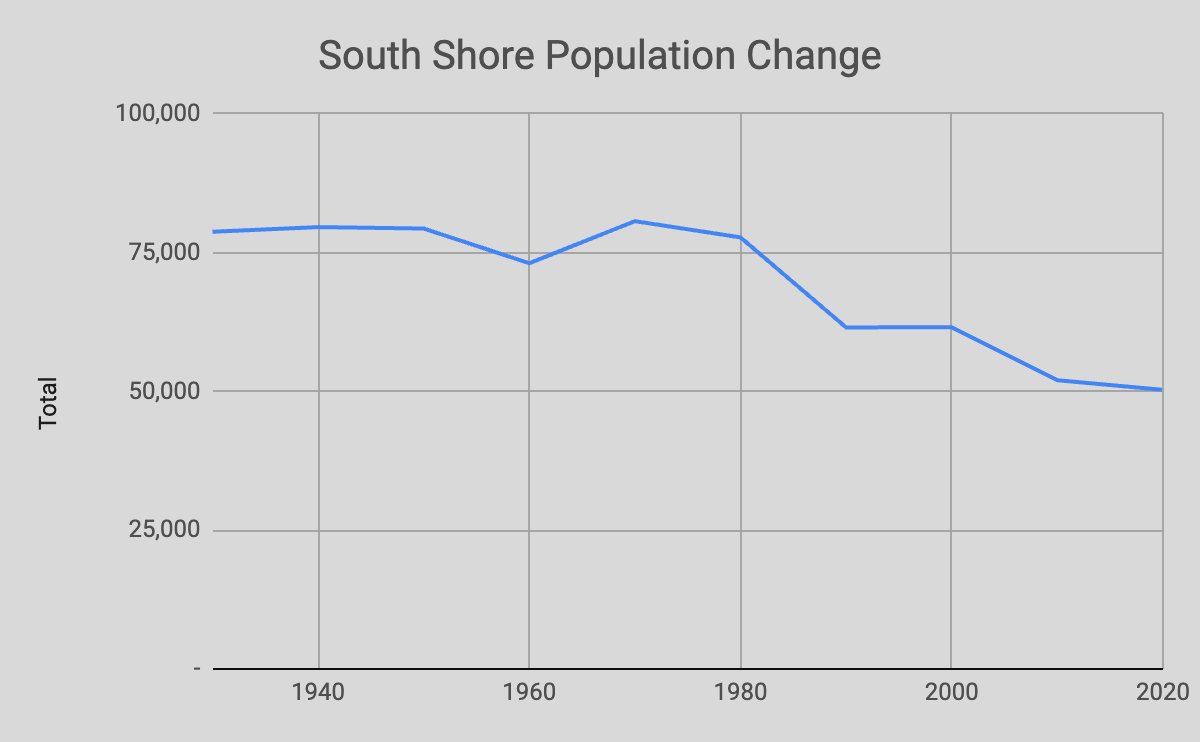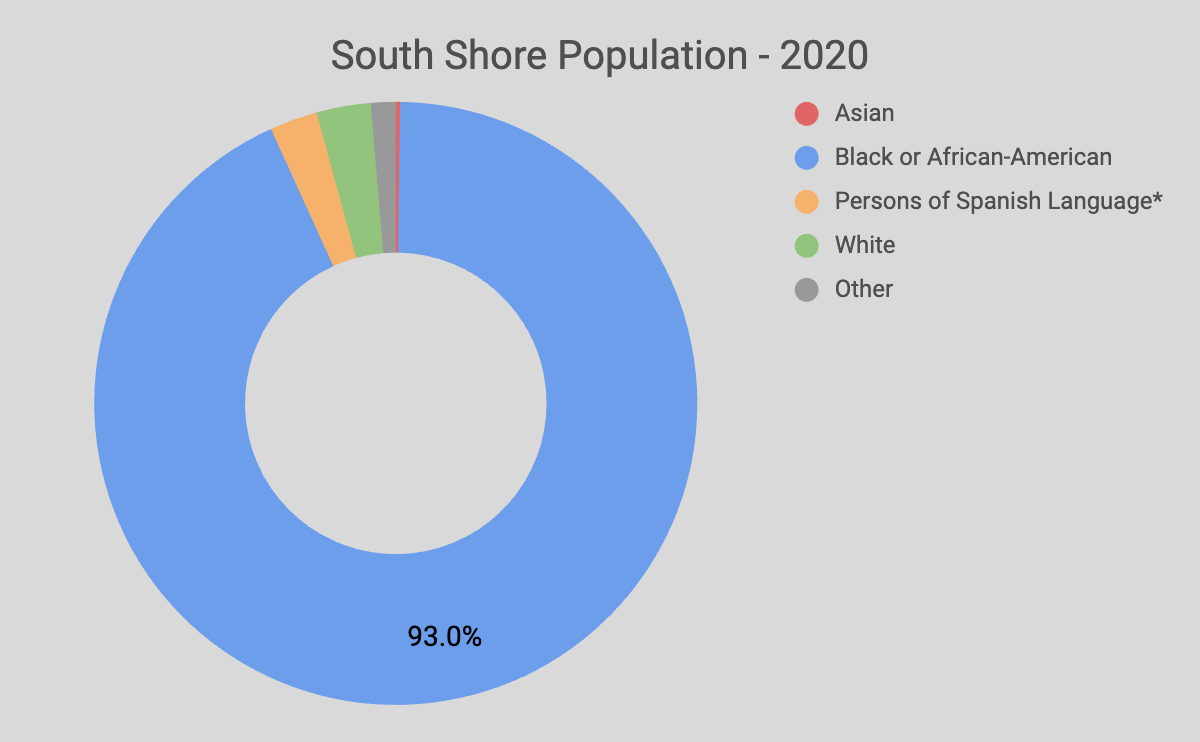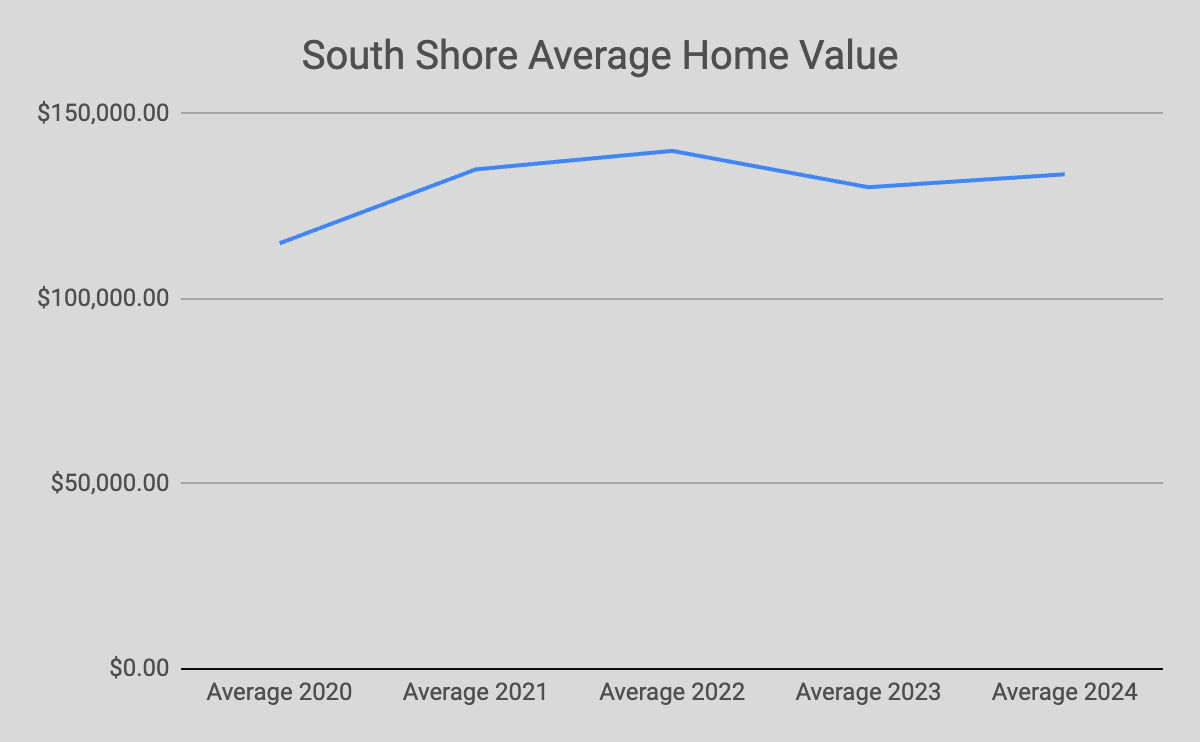South Shore: A Story of Beauty, Barriers, and Black Brilliance
Oct 22, 2025
Background and History
South Shore sits along Chicago’s beautiful lakefront on the South Side, bordered by Lake Michigan on the east, 67th Street on the north, 79th Street on the south, and Stony Island Avenue on the west. It’s just south of Jackson Park and east of Greater Grand Crossing, a prime stretch of land that has long offered both natural beauty and city convenience.
Originally part of the early township of Hyde Park, the area developed rapidly after being annexed into Chicago in 1889. In the early 20th century, South Shore became known for its stately homes, grand apartment buildings, and proximity to the lake — a haven for the city’s growing middle and upper classes.
A Community Transformed: Race, Class, and Change
Like many Chicago neighborhoods, South Shore’s beauty and opportunity were once shadowed by exclusion. In the early decades of the 1900s, it was an almost entirely white, upscale enclave. The South Shore Country Club, which opened in 1905, symbolized that exclusivity — a lavish lakeside retreat that explicitly barred Black people and Jewish people from membership. Real estate covenants and redlining reinforced segregation, ensuring that South Shore remained racially homogenous well into the 1940s.
However, after World War II and especially following the Supreme Court’s 1948 decision in Shelley v. Kraemer (which made racially restrictive covenants unenforceable), South Shore began to change rapidly. As Black professionals and middle-class families sought quality housing and proximity to the lake, many white residents left — part of the broader “white flight” that reshaped much of Chicago’s South Side.
By the 1960s, South Shore had become one of the most prominent and prosperous African American communities in the country. Its residents included doctors, educators, entrepreneurs, and artists who built strong institutions, churches, and civic groups. The transformation of the South Shore Country Club into the South Shore Cultural Center in the 1970s marked a powerful symbol of community reclamation — turning a space once closed to Black residents into one that now celebrates Black art, culture, and history.
Yet, the economic disinvestment that followed citywide patterns of redlining and urban flight took its toll. Today, South Shore still bears the marks of these transitions — beautiful architecture and cultural pride coexisting with ongoing struggles around housing, development, and safety. The legacy of exclusion and resilience continues to define how residents advocate for equitable growth and preservation.
Trivia Question
Which American guitarist and singer who played a key role in the transition from the blues to rock and roll called South Shore home?
(Answer at the end.)
South Shore by the Numbers



Origin of the Name
As the name suggests, South Shore takes its identity directly from geography — the southern shoreline of Lake Michigan. Early developers leaned into this natural selling point, promoting the area as an upscale, resort-like escape for city dwellers who wanted both tranquility and proximity to downtown.
Historical Landmarks
South Shore Cultural Center – 7059 S. South Shore Drive
Once the exclusive, white-only South Shore Country Club, this Mediterranean Revival landmark became a public cultural center in the 1970s after community activists fought to preserve it. Today, it’s home to art exhibits, performances, weddings, and even Barack and Michelle Obama’s 1992 wedding reception.
Rainbow Beach and Park – 2873 E. 75th Street
Named for the U.S. Army’s 42nd “Rainbow” Division, Rainbow Beach opened in 1918 and remains one of the city’s most scenic and family-friendly lakefront spots. The park offers stunning skyline views and continues to be a community favorite for summer events.
Jeffery Plaza – 71st Street and Jeffery Boulevard
A central commercial hub since the 1950s, Jeffery Plaza reflects both the mid-century retail boom and ongoing local business revitalization efforts.
Mosque Maryam – 7351 South Stony Island Avenue
Also known as Muhammad Mosque #2 or Temple #2, it is the headquarters of the Nation of Islam. The building was originally the Saints Constantine and Helen Greek Orthodox Church before it relocated to suburban Palos Hills. Elijah Muhammad, Farrakhan’s predecessor as head of the NOI, purchased the building in 1972 with a $3 million loan from Libyan leader Muammar Gaddafi to convert it into a mosque.
Notable Figures
-
Larry Ellison – Co-founder of Oracle Corporation.
-
Raynard V. Hall – Founder of Bronzecomm Newsletter, publisher of the Black Gold National Shoppers Guide, co-founder of the Coalition to Save the South Shore Country Club (now the South Shore Cultural Center), and avid collector of Black art.
-
Michelle Obama – The former First Lady spent her early years in South Shore, where her family’s focus on education, work ethic, and community involvement reflected the neighborhood’s values.
-
Carol Moseley Braun – The first African American woman elected to the U.S. Senate and the first female U.S. senator from Illinois.
-
Chance the Rapper – Though associated with a broader Chicago scene, Chance has often referenced South Shore in his music and community work.
South Shore Today
Today, South Shore stands at a crossroads of preservation and renewal. The neighborhood’s affordable housing, historic architecture, and lakefront access are attracting both longtime residents and new investors. The ongoing development surrounding the Obama Presidential Center in nearby Jackson Park is spurring interest in local small businesses, arts programs, and infrastructure upgrades.
Community groups and block clubs remain deeply involved in shaping the area’s growth — ensuring that development benefits residents who have sustained South Shore through decades of change. The conversation about who gets to belong in South Shore continues, echoing the neighborhood’s past struggles with exclusion while pointing toward a future rooted in inclusion and pride.
Whether it’s a walk along the beach, a concert at the Cultural Center, or a Sunday meal from a neighborhood institution like Lem’s Bar-B-Q nearby, South Shore continues to embody the soul and sophistication of Chicago’s South Side.
Trivia Answer
Answer: Ellas Bates McDaniel (December 30, 1928 – June 2, 2008), known professionally as Bo Diddley, who influenced many artists including Buddy Holly, the Beatles, and the Rolling Stones.
Stay connected with news and updates!
Join our mailing list to receive the latest news and updates from our team.
Don't worry, your information will not be shared.
We hate SPAM. We will never sell your information, for any reason.

